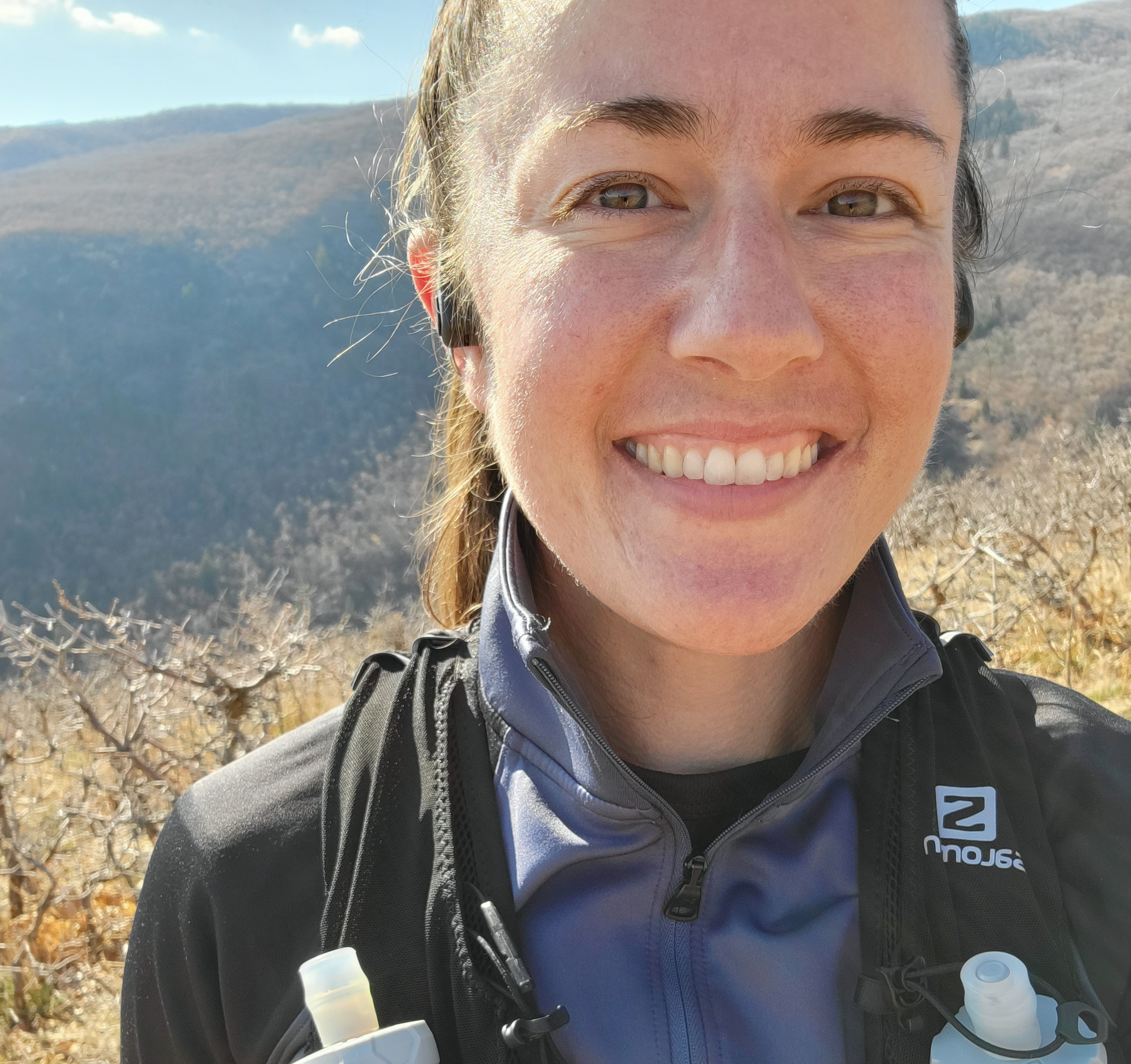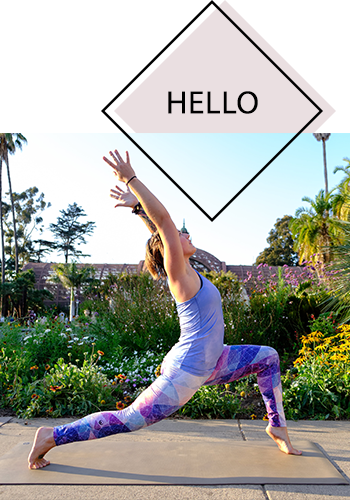Yoga for First Responders: Riding Along with the Local Sherriff's Department
/Photo by my colleague, Amy Yurus. We met with Butte County Sherriff Kory Honea to discuss Yoga for First Responders classes in our local community.
Last year, I did a teacher training with Yoga for First Responders, a nonprofit whose focus is to provide yoga training for firefighters, law enforcement officers, emergency medical technicians, telecommunicators, and military members so that they can process stress and build mental, physical and emotional resilience.
One of the most awesome parts about Yoga for First Responders is that we as teachers are required to spend time doing ridealongs with local agencies so that we can better understand how yoga can be used as a powerful tool for enhancing job performance.
I did my first ridealong with the local fire department, and gained a whole new appreciation for what firefighters do and the challenges they face.
More recently, I did a second ridealong was with the local Sherriff’s Office. I sat with dispatch for about an hour and then went out on patrol with a deputy and experienced firsthand the intensity of responding to calls.
Spending a day in these environments shifted my perspective and gave me a new sense of how challenging this work can be and how yoga can provide a huge benefit.
Photo credit: Yoga for First Responders.
There were a few key takeaways:
Yoga provides important relief from the mental overload required in law enforcement jobs. In dispatch we talked about “split ear”— needing to listen to multiple conversations at once, and to keep a pulse on everything happening in the dispatch room and also with all of the deputies on shift. I watched as the dispatcher I sat with kept tabs on her four computer screens, the caller in her ear, another dispatcher sitting behind her, her personal cell phone, my questions, and a person walking by.
I was amazed by how much information she was tracking at any given time. I can imagine how taking a yoga class at the end of a long shift would help a dispatcher transition from focusing on many different pieces of information and required tasks to only doing one thing, and being able to rest the mind.
Photo credit: Yoga for First Responders.
Hypervigilance is a huge factor for deputies on shift as well. At any given time, an officer must be aware of a ton of information, all of which is being received quickly and urgently. Driving (including at high speeds), talking to dispatch, following up on cases, speaking with locals, discerning how important or urgent a situation is, and communicating with colleagues— all of these tasks require concentration and a high level of discernment. Throughout a shift, I watched each deputy switch between tasks quickly and constantly anticipate what would happen next. By the end of the day, I certainly felt mentally drained and could only imagine how back-to-back shifts over weeks and months would feel.
Photo credit: Yoga for First Responders.
Regulating the nervous system after a high-intensity situation. Wow. This is so, so important for law enforcement. It’s one thing to have read about it and learned about it during my training, but a whole different experience seeing it first hand. Yoga helps self-regulate the nervous system after activation. For first responders, this can be a critical tool on the job—a practice to help respond to a traumatic event or the cumulative stress that is felt over the course of months and years in a career in law enforcement, fire service, or EMS.
During my ridealong with the Sherriff’s Office, I experienced a brief glimpse into what it is like to spend time on shift in a state of hypervigilance. First sitting with dispatch, I observed the intensity and feeling of being ‘on edge’ with each call that came through. While many calls ended up being simply informational or even repetitive, every time the sound of ringing came through, there was a rush of anticipation wondering what the call would be, how urgent or dangerous the situation was, and what the best method of response would entail.
Once I stepped into the police car of the deputy I realized that dispatch was only a preview of the level of intensity that officers on duty experience while on patrol. Even common interactions with a straightforward protocol – interviewing citizens about their experience and following up on interview calls about a case, for example – held some element of hypervigilance. With every move a deputy makes, there is a potential threat waiting to unfold. Throughout the day I found myself wondering, What’s going to happen next?
Photo credit: Yoga for First Responders.
I also noticed how important physical mobility and body mechanics are both for dispatchers and law enforcement officers. Many of these folks experience back pain from sitting for long periods, and for officers on duty, they are required to bend, stoop, and take on awkward positions when searching cars, making arrests, and chasing and detaining suspects. I realized during my ridealong just how great an impact even 10 minutes a day of yoga could be for maintaining good health and avoiding injuries.
I’m so grateful I had the chance to ridealong with the Sherriff’s Office and can’t wait to do so again soon.
Photo credit: Yoga for First Responders.
“If you don’t take time to consistently practice relaxation and stress-reduction techniques, you’ll find it difficult to overcome the hypervigilance cycle. To promote the nervous system’s relaxation response, you’ll need to engage in a mentally active process that leaves the body relaxed, calm, centered, and focused.”
PS Please consider donating to Yoga for First Responders here. Every donation counts!
























